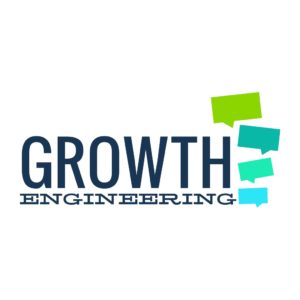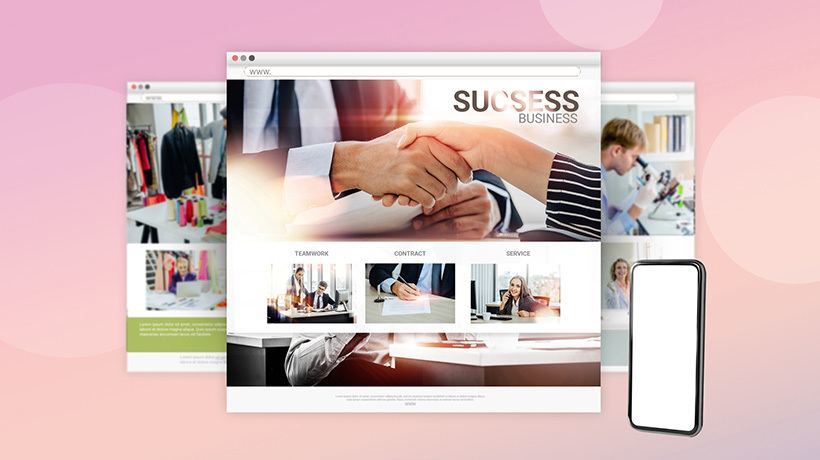Customizing Your LMS: How To Make Your LMS Feel More Like Home
I’ve spoken before about the importance of reinforcing your brand through your employee training. It stands to reason: How will your people come together for your common goals if they don’t have a banner to march beneath? Branding done properly is a shortcut to delivering your vision and values in an instant. Since the concept of a ‘brand’ was created to get an immediate customer buy-in, it’s the perfect tool for getting your learners on board. In this article, I’ll look at what customizing your LMS means on a practical level. Although not all Learning Management Systems will have the same range of customization options, you can think of this as a checklist for your ideal learning platform.
1. Custom Logo
A company’s logo does an important job. It identifies the company instantly and sticks in the viewers mind. It sits at the top of every email, it hangs proudly in the reception of your global HQ, and it adorns your impressive line of tee-shirts.
Luckily, the marketing department has already done all of the hard work and you needn’t worry about designing a new one. All you need to do is make sure that your logo appears prominently on your LMS and in the favicon!
2. Flexible Color Palette
You’ll probably find your organization’s color palette on the first page of your branding guidelines. Your colors define your business in a subtler way. Some might even say that they trigger imperceptible cues for the viewer’s subconscious and tells them how they should feel about your brand.
Once again, a lot of work has already gone into finding colors that work well together and reinforce your brand identity. Don’t let that effort go to waste on your learning platform. Make sure your LMS lets you change the color palette to fit the rest of your brand.
3. Custom Banners
Let’s suppose you’ve just spent months preparing a new learning initiative. You’ve done loads of research and worked a lot of overtime, but now you have a powerful learning asset that you know is going to make a real change. Imagine how bad you’d feel if nobody showed up to the party…
Training doesn’t work if nobody knows about it. Custom homepage banners let you make a fuss about big changes, big news and big successes. They catch the eye and draw the user into the content. In some platforms, they can even be added to individual areas of the site, making sure you inform your learners wherever they might be!
4. Make Your LMS Speak Like You
While you were busy running the training department, an entire culture has grown in your organization. Your company doesn’t have the same voice as your competitors and that’s an important element of your brand. Sometimes it’s not what you say, but how you say it, that makes the real difference.
In a similar way, your learners expect a certain style of language from your organization. Moreover, it’s important that this tone of voice is part of the training, letting each employee fit better in the business. Your LMS should let you customize labels and titles wherever they appear. This maintains the consistency that’s so important to your brand.
5. Custom Email Alerts
If a manager wants to push a new training initiative through the learning platform, the learners will receive an automated email alert. This is a handy feature that lets all of the users know when they need to do something. It’d be a shame if the emails don’t sound like you.
You should be able to edit the text of any automated email. This ensures that they’re written in your company’s voice and speaking the same language as the learners. At the very least, it’ll give you the chance to make them sound a little more engaging than the average email alert!
6. Modular Build
Everybody learns differently and this poses an interesting challenge for the learning technologies industry. It’s just not possible to build a single platform that does everything for everyone.
Because of this complexity, many learning platforms consist of a basic product with core functionalities that can be augmented with additional features. This lets the admins create their own LMS with a unique set of features to suit their needs. For example, if discussion forums work for your training goals, this feature can be added. If it doesn’t work, it can just as easily be switched off.
7. Custom Learning Journeys
Learning seldom takes the direction you expect it to. You could discover an innate talent for the piano in the middle of your web development degree. In reality, you’re free to take that route if you want. Why should the world be deprived of a great pianist?
A learning platform should reflect the nature of learning. That doesn’t include walling off vast stores of knowledge. Your learners should be able to access any learning path and they should be allowed to craft their own learning experience. Take a good look at the permissions in the LMS and the user hierarchy. Make sure that it gives you enough flexibility to put the right content in front of the right people.
8. Gamification
Gamification is the act of adding game elements to things that are usually no fun at all. Awarding badges and competing for a spot at the top of a leaderboard keep people returning again and again.
When you simplify it though, gamification gives the admin an additional layer of customization. They can create badges, decide what will trigger them, arrange users in teams and pit those teams against each other. With a little creativity, they can turn the learning platform into an online learning experience, rather than just another site.
9. Social Features
Sometimes you need to knuckle-down, lock yourself away and sit in quite concentration if you want to learn something. But there’s a lot to be said for bouncing ideas off other people. There’s no telling which direction a conversation might take, and it could be that the answer to a conundrum lies in the unique viewpoint of another person.
Social learning functionality lets these ideas grow and gives the learners a sense of ownership for the training program. Based on the popularity of these ideas, admins are also able to create custom discussion forums for any group or topic.
10. User Generated Content
Why go to the trouble of customizing the learning content for the learners when they can do it themselves? Training managers mean well, but we can’t very well expect them to understand every aspect of the company – not in the way that the learners do. This is where user-generated content comes in handy.
The people on the ground, with first-hand experience, are best placed to address any queries that come up. Give them a platform that lets them share their own learning assets. Whether it’s a step-by-step guide to filing expenses or a useful Excel formula, social features will let them contribute to the training program with meaningful content.
Final Word
You could go down a much easier route. There are lots of LMSs out there that don’t have a wide range of customization options. You don’t need to think about anything because there’s nothing for you to change. But think of the opportunities squandered, the conversations that’ll never happen and worst of all, the possibility that your training initiative won’t generate any real results.
A flexible platform lets you create more flexible solutions and a branded platform lets you reinforce the principles of your organization. With custom features at your disposal, you are limited only by your imagination!










